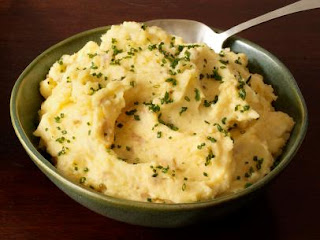Music around the world!
Welcome back! The past week in Music, we have been looking at Music around the world!
This has included looking at the origins of music, when it music began, where it came from, as well as how the origins of music has shaped our music today. We will also look at the different genres of music and see where they may have originated from.
Thanks, and please enjoy the presentation! Keep coming back for more!
Music around the World!

Origins of music!
•Music is found in EVERY known culture, past and present!
•All people across the world have their
own form of music, even the most isolated tribes have their own form of music.
•It is said that music may have been
present during our ancestral population before humans dispersed across the
world.
•Music is therefore said to have existed
55,000 years ago, was invented in AFRICA and
since has become a fundamental part of human life.
 Musical Culture!
Musical Culture!
•A culture’s music is influenced by ALL other aspects of that culture, including
social and economic organisation, experience, climate and access to technology.
•The emotions and ideas that music
expresses, the situation it is played in and listened to, and attitudes toward
musicians all vary between regions and periods.

 African music!
African music!
•Sub-Saharan African music is
characterised by a strong rhythmic interest, which is a common characteristic
in all regions of Sub-Sahara.
•West African rhythmic techniques that
have migrated across the Atlantic have become very important to the various
music styles of the Americas: Samba, Forro, Maracatu and Coco in Brazil, Afro-Cuban
music and Afro-American
musical genres such as blues, jazz, R&B, funk, soul, reggae, hip-hop and rock n roll.
•Therefore African music has had enormous
impact on 20th century music around the world.

 Indian music!
Indian music!
•Indian music is one of the oldest musical
traditions in the world!
•Traditional Indian music incudes
sculptures which show ancient dances as well as ancient instruments, such as
the 7 holed flute, and various string and drum instruments.
•India’s classical music tradition still
remains important to the lives of Indians as a source of religious inspiration, cultural expression and entertainment.
•The classical music of India includes two major traditions: the southern Carnatic music and
the northern Hindustani classical
music.
•Carnatic
music, emphasises
love and other social issues, whilst Hindustani
music influenced
by ancient Hindu musical traditions.
 Chinese music!
Chinese music!
•Chinese classical music is the
traditional art of China!
•It has a long history, stretching back to
more than 3,000 years!
•Chinese music has its own unique systems
of musical notation, as
well as musical tuning and pitch, musical instruments and
musical genres.
•Chinese music has a scale of 12 notes to
an octave, and
has influenced European music.
•Kouji is a
Chinese vocal mimicry performance art which uses human speech organs to mimic
every day sounds of life, and is commonly used to perform sounds of animals.

Now, let’s listen to some African
influenced music!
Now, let’s listen to some Indian
influenced music!
Now, let’s listen to some Chinese
influenced music!



































